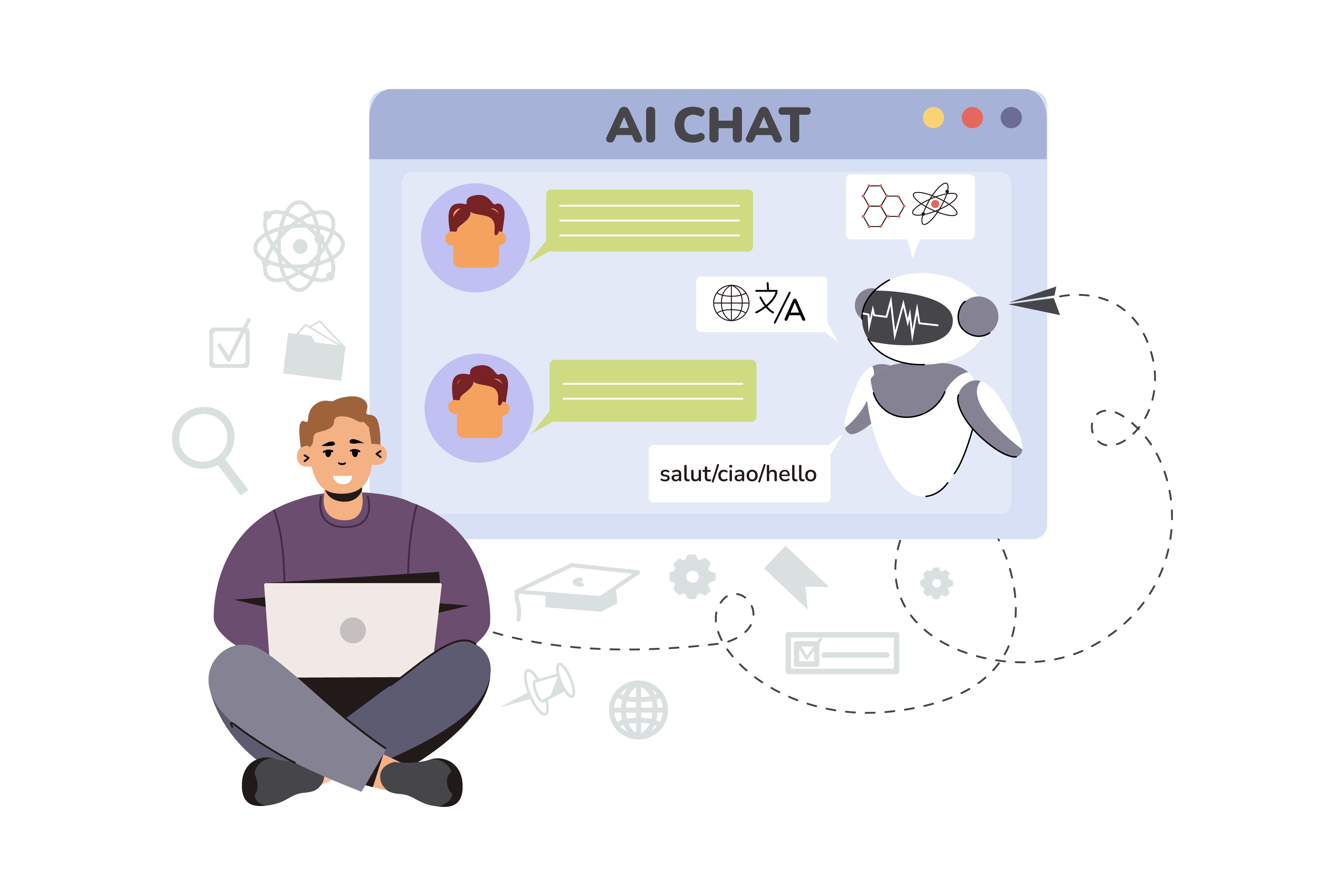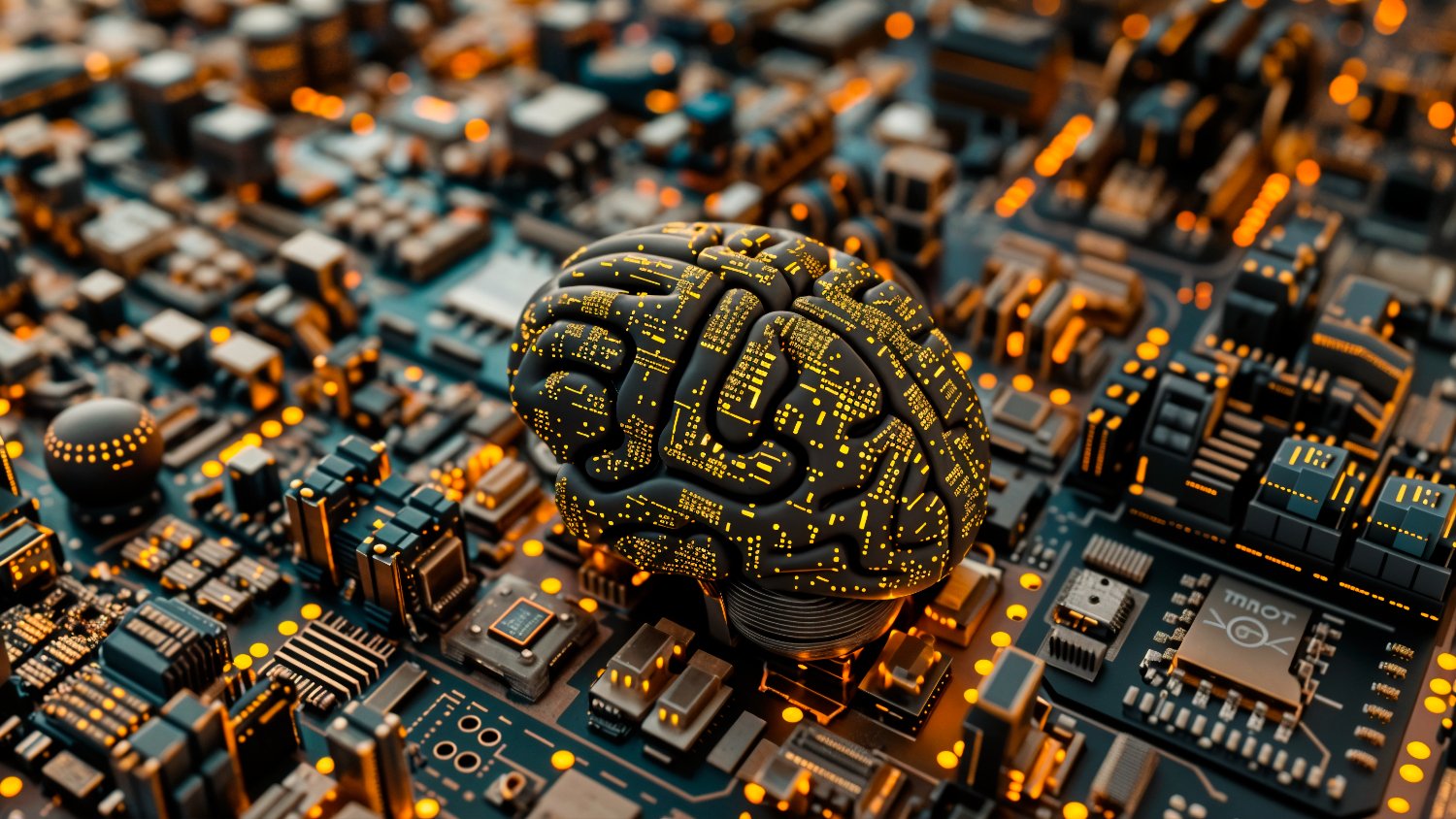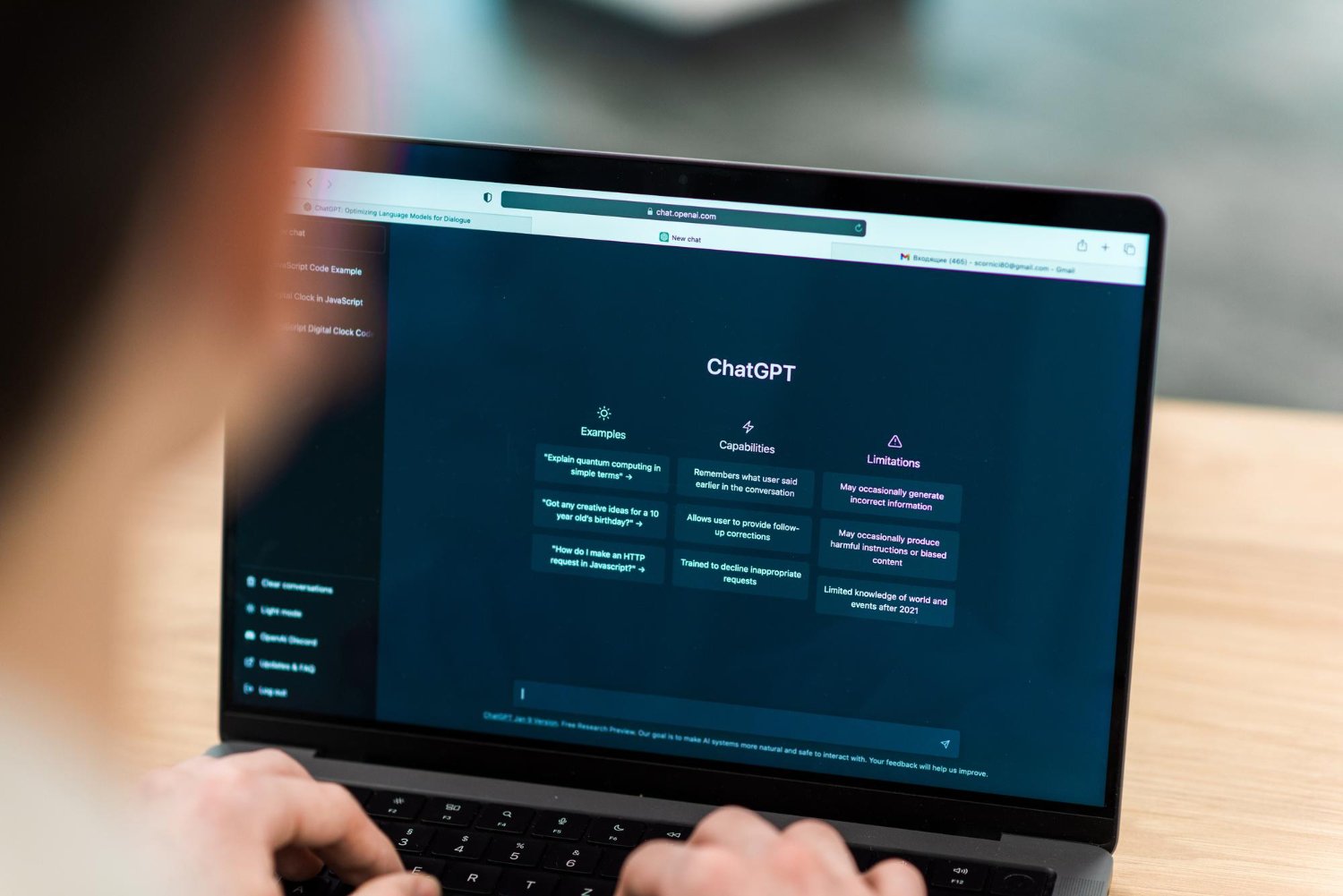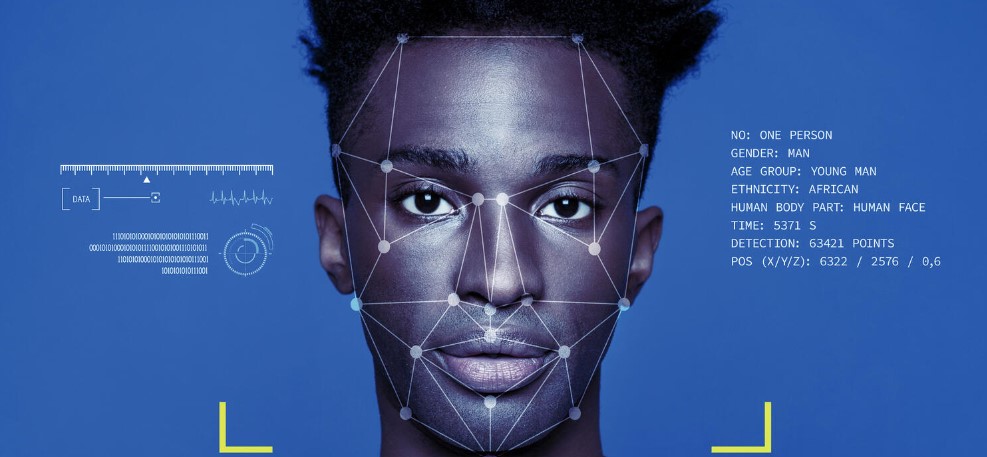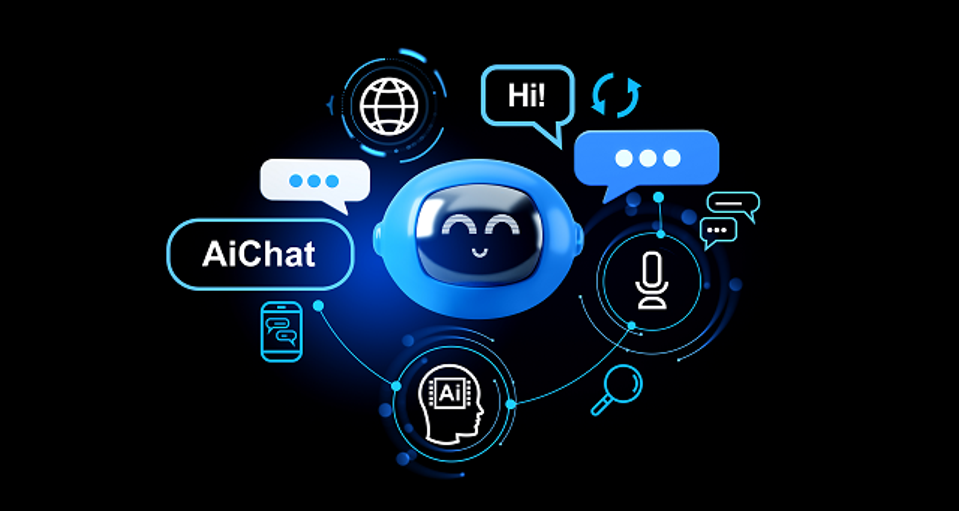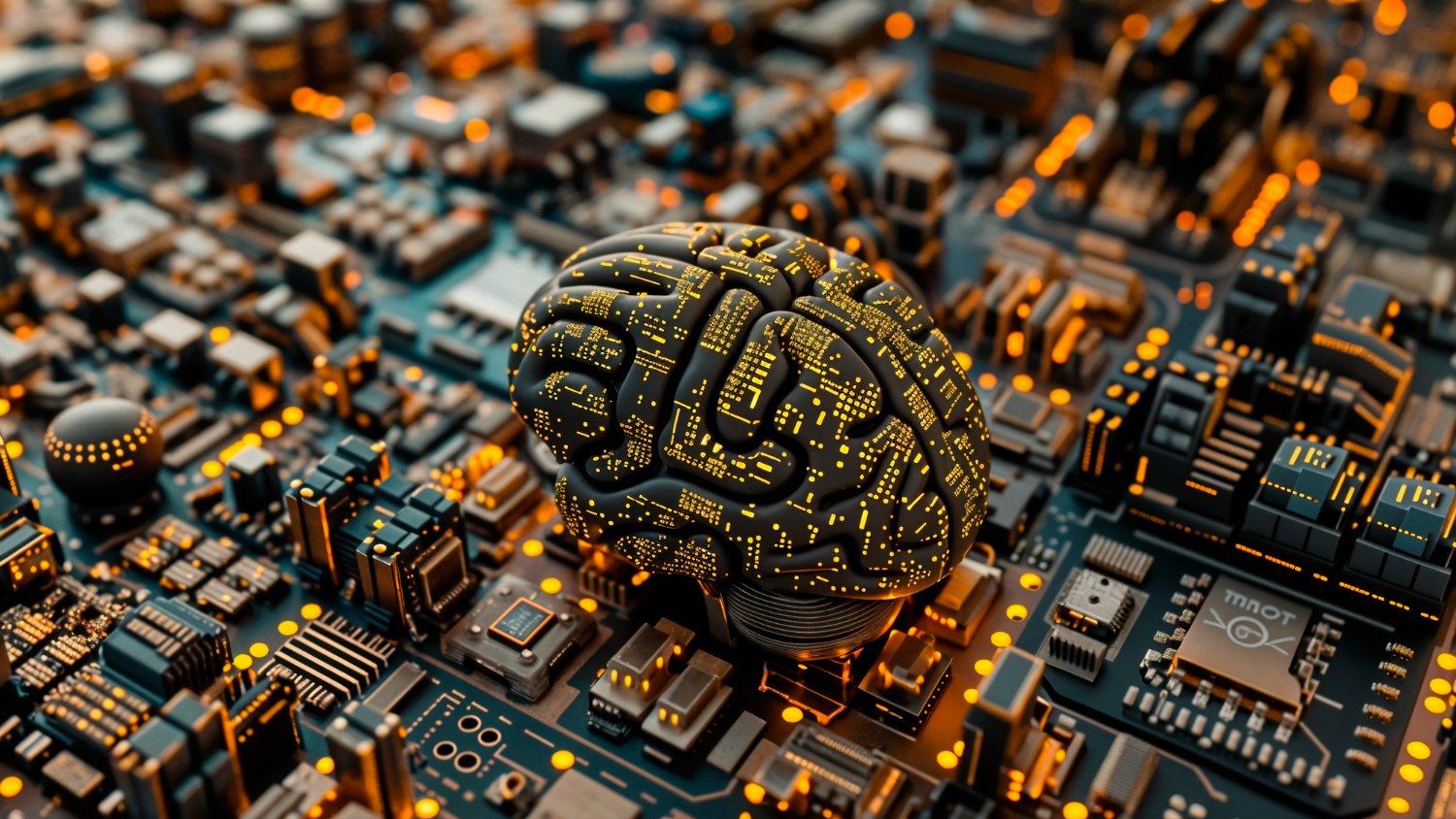In recent years, chatbots have become essential tools for businesses across various industries. They help companies manage customer service, streamline inquiries, and even gather customer feedback. A significant factor behind the growth and effectiveness of chatbots is the integration of NLP solutions. NLP, or natural language processing, enables chatbots to better understand and respond to human language, providing more natural and accurate interactions with users.
The improvement of chatbots through NLP models and other advancements in artificial intelligence (AI) is transforming the customer experience. With the help of machine learning, chatbots are becoming more intelligent, capable of handling complex requests and offering personalised responses. This shift is making chatbots more effective, cost-effective, and valuable for businesses.
What Is Natural Language Processing (NLP)?
Natural language processing is a branch of artificial intelligence (AI) that focuses on enabling machines to understand and interact with human language. Unlike earlier systems that relied heavily on pre-defined responses, NLP allows chatbots to comprehend text data and speech recognition in a way that mimics human conversation.
NLP involves a variety of techniques, including neuro-linguistic programming, natural language understanding (NLU), entity recognition, part of speech (POS) tagging, and sentiment analysis. These techniques help break down human language into components that machines can process and respond to accurately. For example, sentiment analysis can determine whether a customer’s tone is positive, negative, or neutral, allowing the chatbot to adjust its response accordingly.
How NLP Solutions Are Improving Chatbots
The application of NLP solutions in chatbots has resulted in significant improvements in how they handle customer inquiries. Here’s how natural language processing (NLP) enhances chatbot performance:
Enhanced Understanding of Human Language
NLP enables chatbots to interpret and respond to customer requests with greater accuracy. By analysing the text data and recognising the context, chatbots can engage in more meaningful conversations. Whether it’s booking a reservation or answering a product-related query, NLP-powered chatbots can manage requests in a way that feels natural and less robotic.
One key advantage is natural language understanding (NLU), which allows chatbots to identify the intent behind a message, even when it’s phrased in an unconventional way. For example, a customer might ask, “Can I get a refund?” or “I need my money back,” and the chatbot will understand that the intention is the same.
Real-Time Responses
NLP models allow chatbots to provide accurate responses in real-time, which is critical in today’s fast-paced digital landscape. Customers expect immediate replies, especially when engaging with customer service. With state-of-the-art NLP solutions, chatbots can rapidly process incoming queries and respond within seconds, offering a seamless experience for users.
Handling Complex Queries
In the past, chatbots could only handle simple, straightforward requests. But with the advancements in computational linguistics and machine learning, modern chatbots can now handle more complex queries. This is achieved by using NLP and AI systems that allow chatbots to break down difficult questions into manageable pieces of information and deliver accurate responses.
Chatbots can now assist with more than just FAQs. They can guide users through purchasing decisions, troubleshoot technical issues, and even act as personal assistants. By implementing entity recognition and other NLP techniques, chatbots can extract relevant details from conversations, such as dates, names, or product IDs, enabling them to handle tasks that were previously out of reach.
Better Customer Service Through Personalisation
Chatbots that incorporate NLP solutions are capable of delivering personalised customer experiences. This personalisation is driven by an understanding of the customer’s past interactions, preferences, and specific needs. By analysing the context of the conversation and previous customer data, chatbots can tailor responses, making the interaction more relevant and effective.
For example, if a customer has a history of asking about a particular product, the chatbot can recognise this and provide updated information or offer related products in response. This level of personalisation is possible because of advancements in machine learning and natural language processing.
Challenges and Solutions in NLP-Powered Chatbots
While NLP solutions have greatly improved the functionality of chatbots, challenges remain. However, ongoing research in computer science and AI technologies is addressing these issues.
Language Ambiguity
One of the biggest challenges for chatbots is understanding the ambiguity in human language. People often use slang, abbreviations, or colloquial expressions that can confuse AI systems. NLP models are continuously improving to handle these ambiguities by learning from vast amounts of conversational data.
Multilingual Support
Chatbots must cater to a global audience, which requires support for multiple languages. Ensuring that a chatbot can perform equally well in different languages is a challenge, but advances in machine learning are helping solve this problem. By training chatbots on diverse datasets, businesses can create multilingual solutions that offer consistent performance across different languages.
Sentiment Analysis Accuracy
Although sentiment analysis has improved, there are still limitations when it comes to accurately detecting emotions and tones. This can affect the chatbot’s ability to respond appropriately. However, as NLP models evolve, they are becoming more adept at reading between the lines and understanding not just what is said, but how it is said.
NLP in Customer Service
The most impactful use of NLP in chatbots is in customer service. Businesses are increasingly relying on NLP-powered chatbots to manage large volumes of customer inquiries while maintaining a high level of service. This is especially beneficial for companies with limited resources, as chatbots provide a cost-effective solution to handling customer service tasks.
For example, a company might use a chatbot to handle inquiries on their website or social media platforms. This allows them to provide instant support to customers at any time of day, reducing the strain on human employees while improving overall customer satisfaction.
Integration of NLP with Speech Recognition
Speech recognition is another area where NLP solutions are making strides. By integrating speech recognition with NLP, chatbots can now understand and respond to voice commands. This is especially useful for applications in customer service, where users might prefer to speak rather than type. The combination of speech recognition and NLP provides a more dynamic and flexible interaction with the chatbot, making the experience feel more human-like.
What are some applications of NLP in Computer Vision?
How TechnoLynx Can Help
At TechnoLynx, we are experts in NLP solutions and Machine Learning. We understand the challenges businesses face when integrating AI technologies, and we are here to help. Our team of skilled developers and human experts in computer science and computational linguistics specialise in building advanced systems that utilise the latest NLP models.
We can assist you in developing NLP solutions that not only respond accurately to customer inquiries but also provide real-time, personalised experiences. Whether your business needs to improve customer service, gather customer feedback, or automate routine tasks, TechnoLynx has the expertise to deliver state-of-the-art solutions.
Contact us today to learn more about how we can support your business with advanced NLP solutions.
Read more: Case-Study: NLP Applications for Stock Market Prediction
Image credits: Freepik


